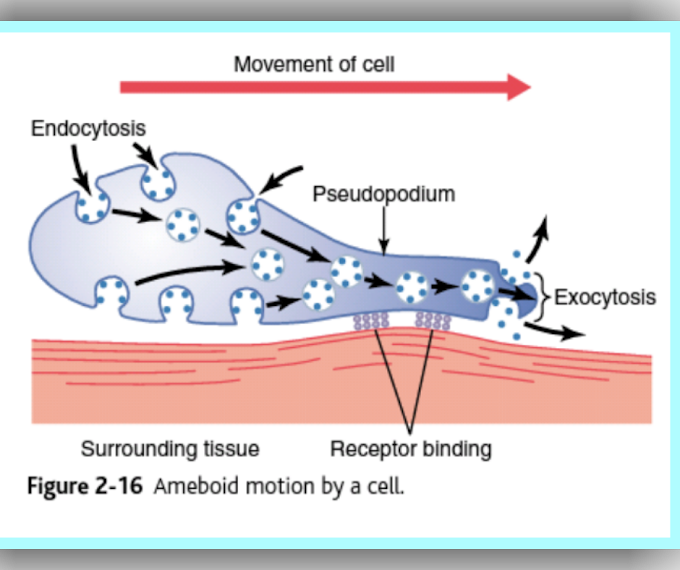Many species of octopus and squid are known to exhibit a particularly effective behavior that enables them to escape from predators. In the region of their intestines the animals have a special sac-like organ. In the wall of this sac there is a gland which secretes a brown or black liquid rich in the pigment melanin, this is ink. When threatened the animal has the ability to compress the ink sac and squirt a jet of the liquid from its anus. It is thought that the cloud of ink hanging in the water forms a dummy squid termed a pseudomorph, which attracts and holds the attention of the predator allowing the animal to dart away to safety. The deception is made all the more effective because long thin species produce long thin pseudomorphs and more round species produce rounder clouds of ink (Plate 1.1).
Squid and octopus are molluscs, taxonomic relatives of the garden slug and snail. Can you imagine a slug squirting out ink to leave a pseudomorph hanging in the air to decoy a bird predator while the slug made its escape? Of course you can’t, for the simple reason that this behavioral strategy can only work when the animal is surrounded by a medium that will support the ink cloud for a sufficient period to allow the escape. In water this works, but in the less dense medium of air it would not.
Some species of octopus and squid are inhabitants of the ocean depths. Here light penetration from the surface is minimal or zero and the seawater is a constant inky black. Obviously the inkdummy strategy would be no more effective here than it would be in air. The pseudomorph would hang in the water column, but it is unlikely that an ink-black shape would be seen against the inky-black backdrop. In this situation species such as the deepwater squid Heteroteuthis secrete a luminescent ink, creating a brief f lash of light which is thought to confuse a potential predator just long enough for an escape to be affected.
About behavior. Firstly, that behaviors are adaptations which serve specific functions, and we will consider this point further later in this chapter. Secondly, that a single behavior may not serve, or serve the same function, in all situations (a point to be borne in mind throughout this book). Finally, behaviors are adapted to be effective in the environment of the animal performing them.






0 Comments